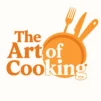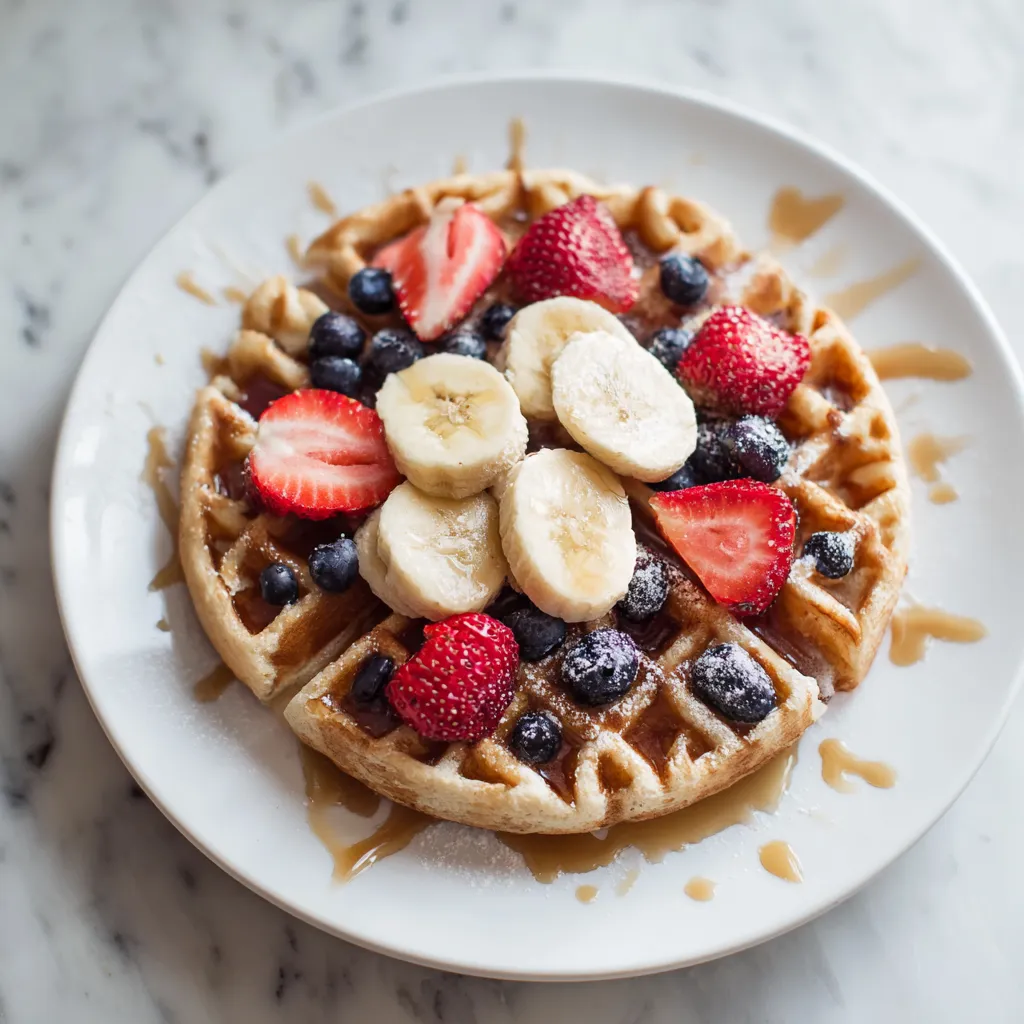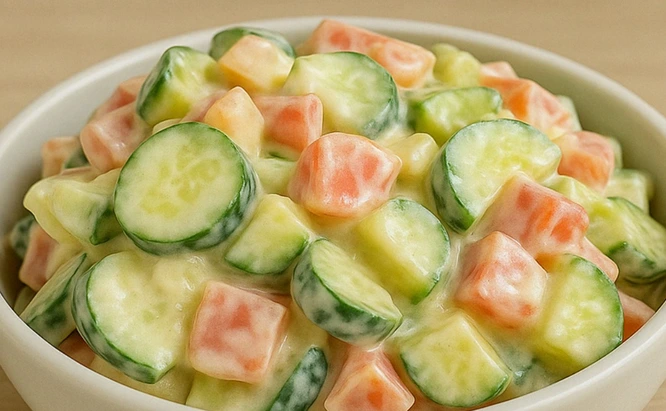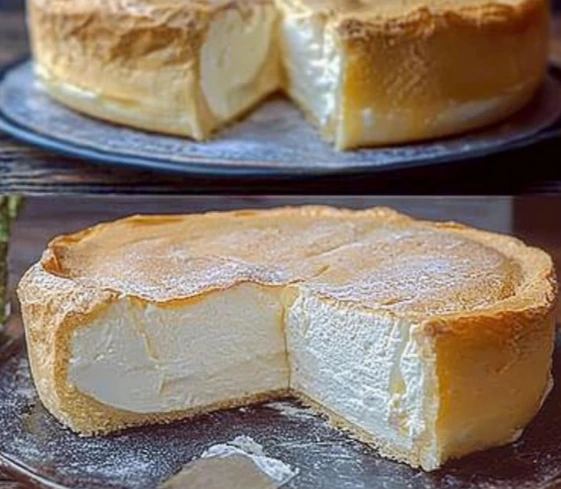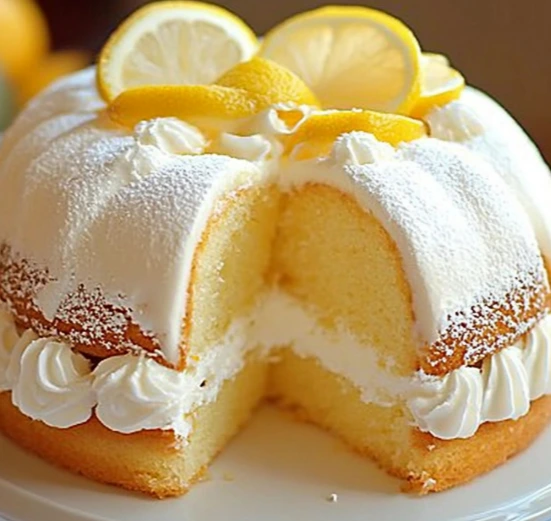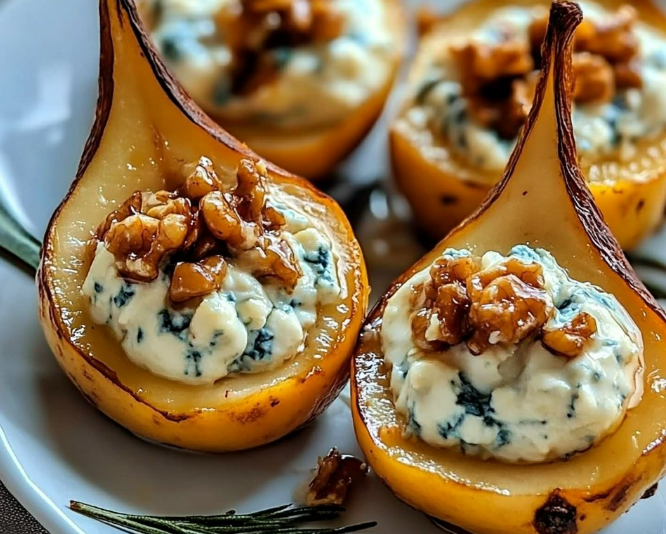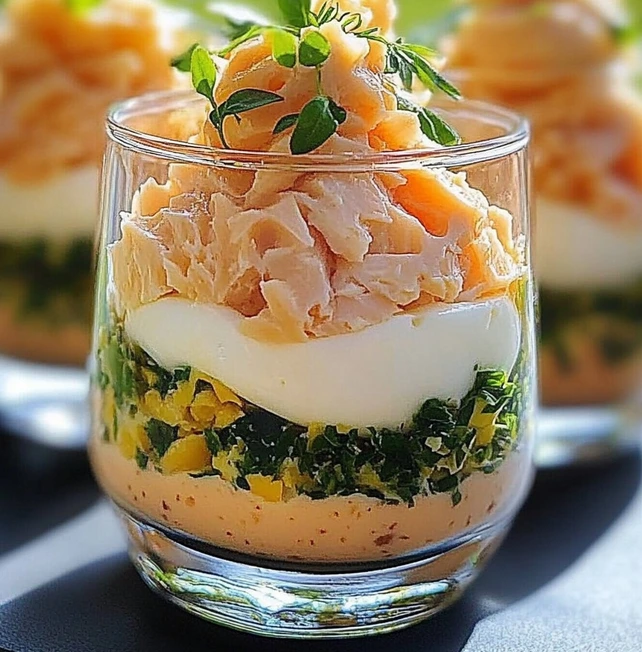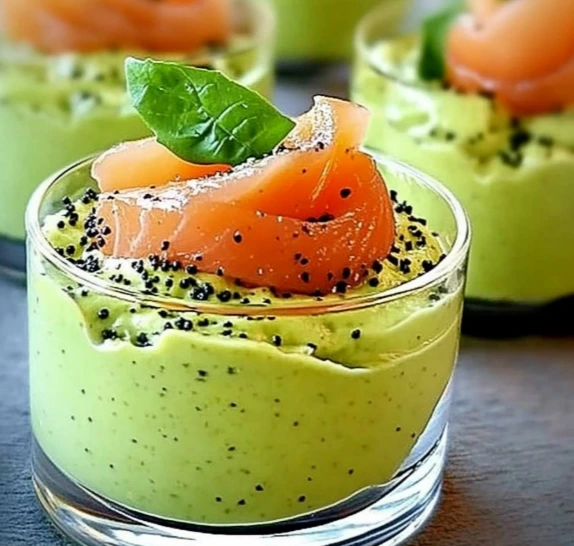Crispy on the outside, fluffy on the inside, and always irresistible – waffles are one of the most beloved breakfast staples around the world. From classic Belgian waffles to savory creations topped with fried chicken, waffles are versatile enough to shine in both sweet and savory dishes. But for those following a gluten-free lifestyle, enjoying traditional waffles can be a challenge. That’s where gluten-free waffles come in: the perfect way to indulge without compromising on health or taste.
In this complete guide, we’ll cover everything you need to know about making gluten-free waffles, including the best ingredients, tools, step-by-step instructions, serving ideas, variations, storage tips, and even nutritional insights. By the end, you’ll have all the confidence you need to whip up a batch of golden, delicious waffles that everyone at the table will love.
Why Waffles Are a Timeless Favorite
The appeal of waffles goes beyond their golden crisp texture. Here’s why waffles have earned their spot as a breakfast classic:
-
Texture perfection – Light, fluffy centers with crisp edges.
-
Versatility – Perfect canvas for fruits, syrups, chocolate, savory toppings, or even used as sandwich bread.
-
Quick and easy – With the right waffle iron, you can make them in minutes.
-
Family-friendly – Loved by both kids and adults.
The popularity of waffles is evident worldwide: from American diners serving Belgian-style waffles to Scandinavian thin waffles and Hong Kong bubble waffles, this dish has been adapted to suit countless tastes.
Ingredients for Gluten-Free Waffles
Making gluten-free waffles requires the right combination of flours and binders to mimic the airy texture of traditional wheat-based waffles. Here’s a tried-and-true recipe:
Dry Ingredients:
-
2 cups gluten-free all-purpose flour blend (ensure it includes xanthan gum or add 1 tsp separately)
-
2 tbsp granulated sugar (or coconut sugar for a healthier option)
-
1 tbsp baking powder
-
1/2 tsp baking soda
-
1/2 tsp salt
-
1 tsp cinnamon (optional, adds warmth)
Wet Ingredients:
-
2 large eggs (at room temperature)
-
1 3/4 cups milk (dairy or non-dairy such as almond, oat, or coconut milk)
-
1/3 cup melted butter (or coconut oil for dairy-free)
-
1 tsp vanilla extract
Optional Add-Ins:
-
1/4 cup mini chocolate chips
-
1/2 cup blueberries or raspberries
-
1 tbsp orange or lemon zest for a citrus twist
Kitchen Tools Needed
To make perfect waffles, you’ll need:
-
Waffle iron (classic or Belgian-style)
-
Mixing bowls (one for dry, one for wet ingredients)
-
Whisk
-
Measuring cups and spoons
-
Ladle or measuring cup (for pouring batter)
-
Non-stick spray or brush with oil (to prevent sticking)
Step-by-Step Instructions for Gluten-Free Waffles
Step 1: Preheat the Waffle Iron
Plug in your waffle iron and allow it to heat fully. Preheating is key to ensuring your waffles cook evenly and become crisp.
Step 2: Mix Dry Ingredients
In a large mixing bowl, whisk together the gluten-free flour blend, sugar, baking powder, baking soda, salt, and cinnamon.
Step 3: Combine Wet Ingredients
In a separate bowl, beat the eggs until light and fluffy. Add milk, melted butter, and vanilla extract. Mix well until smooth.
Step 4: Combine Wet and Dry
Slowly pour the wet ingredients into the dry mixture. Stir gently with a whisk until just combined. Do not overmix; a few small lumps are fine and will keep your waffles fluffy.
Step 5: Cook the Waffles
Lightly grease the waffle iron with oil or spray. Pour the batter into the center, close the lid, and cook according to your waffle iron’s instructions (usually 3–5 minutes). The waffles are ready when golden brown and crisp.
Step 6: Serve Immediately
Carefully remove the waffle and serve hot with your favorite toppings.
Topping Ideas for Gluten-Free Waffles
One of the best things about waffles is their versatility. Here are some ideas to inspire your next breakfast:
Sweet Toppings
-
Maple syrup with butter
-
Fresh strawberries, blueberries, or bananas with whipped cream
-
Chocolate sauce and chopped nuts
-
Peanut butter and sliced apples
-
Honey and Greek yogurt
Savory Toppings
-
Fried or poached eggs with avocado slices
-
Smoked salmon with cream cheese and capers
-
Grilled chicken and spicy aioli
-
Bacon and cheddar with chives
-
Sauteed mushrooms and spinach with feta
Helpful Tips for Perfect Gluten-Free Waffles
-
Choose the Right Flour Blend – Not all gluten-free flours are created equal. A blend that contains rice flour, potato starch, and tapioca works best. Adding xanthan gum improves structure.
-
Don’t Skip Preheating – A hot waffle iron ensures crispy edges.
-
Avoid Overmixing – Stir batter just until combined to prevent tough waffles.
-
Keep Them Warm – Place cooked waffles on a baking sheet in a 200°F oven to keep them crisp while making more.
-
Freeze for Later – Gluten-free waffles freeze beautifully. Store them in a freezer bag, then reheat in a toaster or oven.
Nutritional Information (Per Waffle, approx.)
-
Calories: 220
-
Carbohydrates: 30 g
-
Protein: 5 g
-
Fat: 8 g
-
Fiber: 2 g
-
Sugar: 5 g
(Values vary depending on ingredients used.)
Variations of Gluten-Free Waffles
-
Vegan Gluten-Free Waffles – Replace eggs with flax eggs (1 tbsp flaxseed + 3 tbsp water each). Use plant-based milk and coconut oil.
-
High-Protein Waffles – Add a scoop of protein powder to the dry mix.
-
Savory Herb Waffles – Mix in chopped herbs like rosemary and thyme, then top with roasted vegetables.
-
Chocolate Waffles – Add 1/4 cup cocoa powder and chocolate chips to the batter.
-
Pumpkin Spice Waffles – Stir in 1/2 cup pumpkin puree with spices like nutmeg and cloves.
Waffles Around the World
Waffles have many cultural variations, each with unique flavors and textures:
-
Belgian Waffles – Thick, airy, served with whipped cream and berries.
-
American Waffles – Thinner, crispier, often paired with fried chicken.
-
Hong Kong Egg Waffles – Bubble-shaped, often eaten as street food.
-
Scandinavian Waffles – Thin, heart-shaped, typically served with jam.
-
Liege Waffles – Dense and chewy, made with pearl sugar for caramelized sweetness.
Why Gluten-Free Waffles Are Worth Trying
Even if you’re not gluten-intolerant, gluten-free waffles can be a healthier alternative. They’re easier to digest, often lower in processed ingredients, and just as flavorful as traditional ones. Plus, experimenting with different flours like almond or coconut flour adds depth and nutrition.
Conclusion
There’s no need to give up your favorite breakfast dish when going gluten-free. With the right ingredients, tools, and techniques, you can make waffles that are crispy, fluffy, and absolutely delicious. Whether you prefer sweet toppings like maple syrup and fruit or savory additions like avocado and eggs, gluten-free waffles are the perfect base for creativity.
